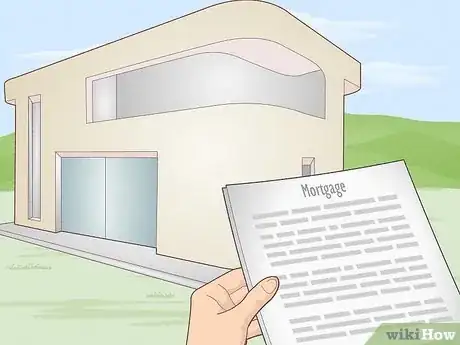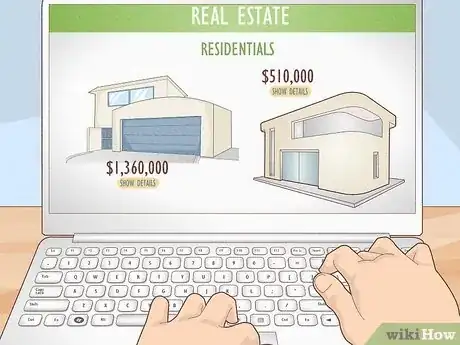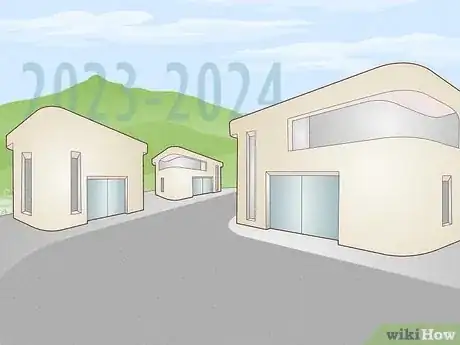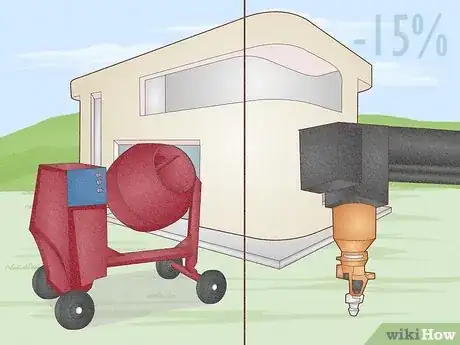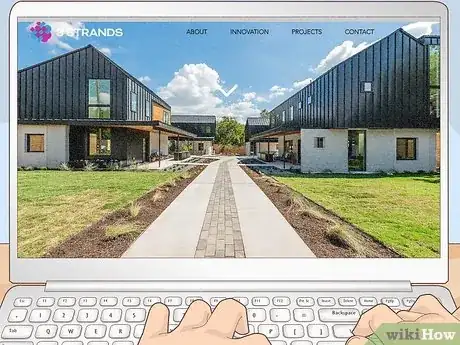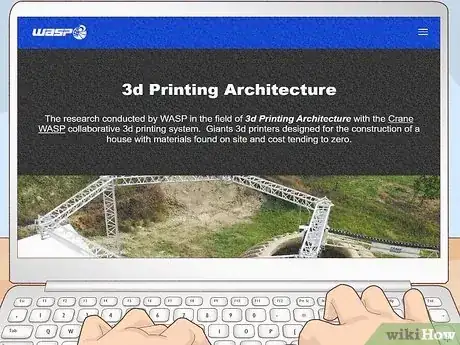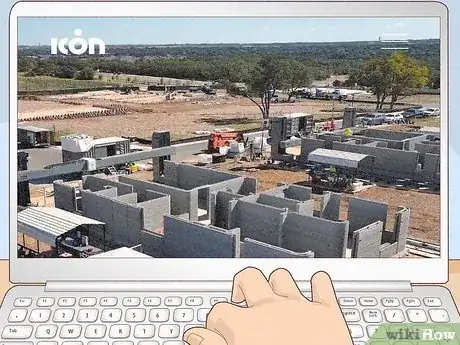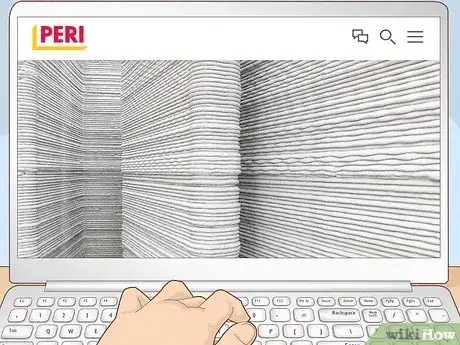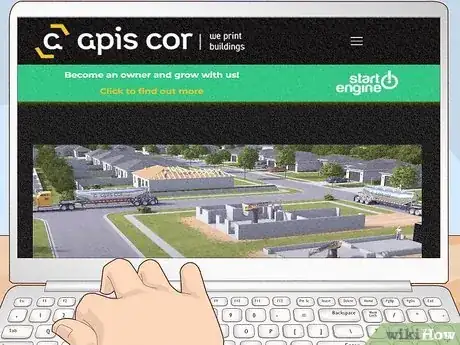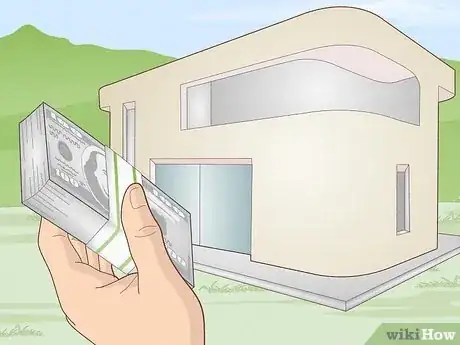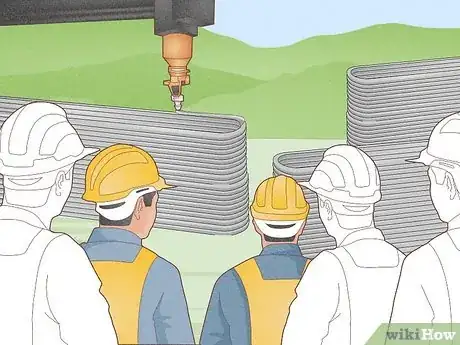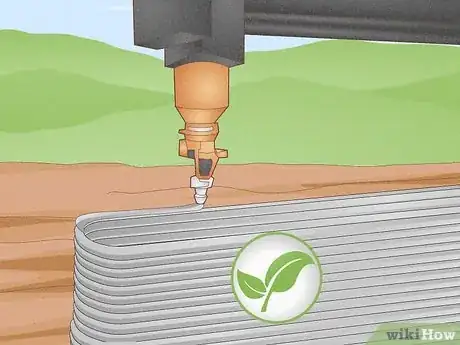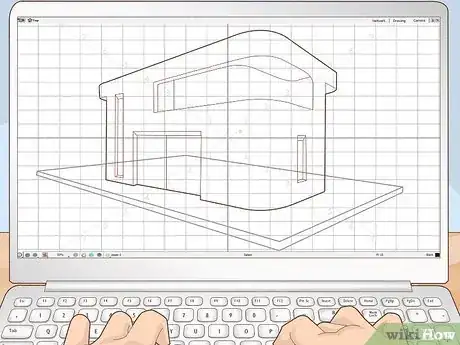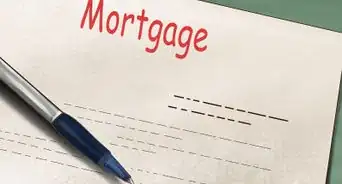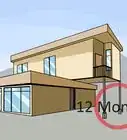This article was co-authored by wikiHow staff writer, Eric McClure. Eric McClure is an editing fellow at wikiHow where he has been editing, researching, and creating content since 2019. A former educator and poet, his work has appeared in Carcinogenic Poetry, Shot Glass Journal, Prairie Margins, and The Rusty Nail. His digital chapbook, The Internet, was also published in TL;DR Magazine. He was the winner of the Paul Carroll award for outstanding achievement in creative writing in 2014, and he was a featured reader at the Poetry Foundation’s Open Door Reading Series in 2015. Eric holds a BA in English from the University of Illinois at Chicago, and an MEd in secondary education from DePaul University.
There are 9 references cited in this article, which can be found at the bottom of the page.
This article has been viewed 1,868 times.
Learn more...
If you’ve heard about the marvelous innovations in 3D printing, you may be curious about what it would take to purchase a 3D printed home. Luckily, the purchasing process is very straightforward, and you won’t run into any weird snags when it comes time to make an offer on a house you love. Finding a 3D printed home may be the hard part, though. In any case, we’ll walk you through everything you need to know about 3D homes, including who you can contact to find one.
Things You Should Know
- Buying (or building) a 3D printed home is identical to buying a traditional building—you take out a mortgage and bid on the property.
- 3D homes are not particularly common, but this is changing rapidly. Expect to see more and more 3D printed homes in the future.
- 3D printed homes are cheaper to build, faster to build, and more environmentally friendly than their wood-framed counterparts.
Steps
Who builds 3D printed homes?
-
1
-
23Strands. 3Strands, located in Texas, created the first 3D homes that were available for purchase in the US—the 17th Street Residences. You can ask them about their available projects here.
-
3
-
4
-
5PERI Group. The German company PERI Group is perhaps the most likely builder to come to you, considering they’ve built 6 homes across 2 continents. You can reach out for more information here.
-
6APIS. APIS, a housing company in Florida, specializes in tiny homes, and their mission is to end the housing affordability crisis. By 2023, they’ll have building projects available in Waco, TX, Birmingham, AL, Griffin, GA, Billings, MT, and Goleta, CA. You can reach out to learn more about their offerings here.
References
- ↑ https://www.cnbc.com/2021/02/25/you-can-now-buy-a-3d-printed-home-heres-a-look-inside.html
- ↑ https://automate.construction/2020/03/29/regulation-and-permitting-for-3d-printed-construction/
- ↑ https://www.cnbc.com/2021/02/25/you-can-now-buy-a-3d-printed-home-heres-a-look-inside.html
- ↑ https://www.popularmechanics.com/technology/infrastructure/a30198742/3d-printed-houses-neighborhood/
- ↑ https://time.com/6162775/tiktok-3d-printed-houses/
- ↑ https://www.bobvila.com/articles/habitat-for-humanity-3d-printed-home/
- ↑ https://www.bobvila.com/articles/habitat-for-humanity-3d-printed-home/
- ↑ https://www.nytimes.com/2022/01/20/upshot/home-prices-surging.html
- ↑ https://time.com/6162775/tiktok-3d-printed-houses/
